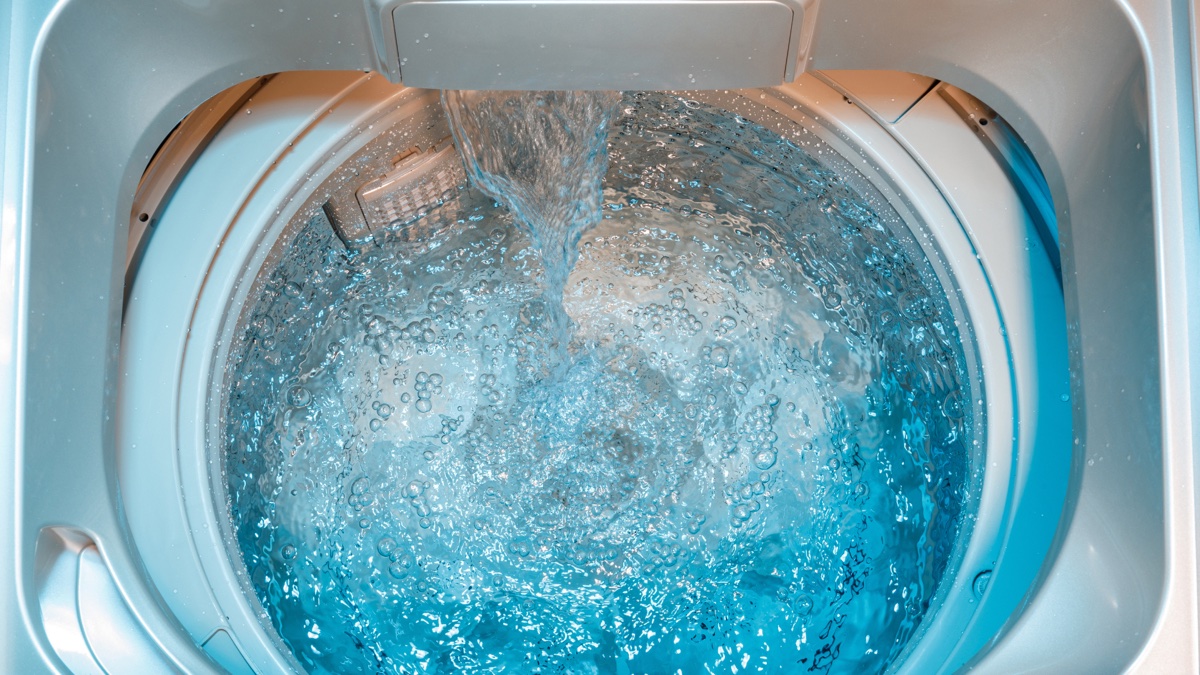

Articles
Washer Filling With Water When Off
Modified: May 6, 2024
Get expert articles on why your washer is filling with water when it's off. Find solutions and prevent water wastage with our helpful tips.
(Many of the links in this article redirect to a specific reviewed product. Your purchase of these products through affiliate links helps to generate commission for Storables.com, at no extra cost. Learn more)
Overview
If you find that your washer is filling with water even when it is turned off, it can be a cause for concern. This unexpected behavior can lead to wasted water, potential flooding, and ultimately, damage to your washing machine. Understanding the possible causes of this issue can help you diagnose and resolve the problem effectively.
There are several factors that could be contributing to your washer filling with water when it’s supposed to be off. It’s essential to identify the root cause before attempting any repairs or troubleshooting. Some of the common causes include a faulty water inlet valve, a malfunctioning water level sensor, or leaking internal plumbing.
Faulty Water Inlet Valve: The water inlet valve controls the flow of water into the washing machine. When this valve fails to close properly, water can continue to fill the washer even when it is turned off. A malfunctioning valve can be caused by sediment buildup, a worn-out seal, or electrical issues.
Malfunctioning Water Level Sensor: The water level sensor, also known as the pressure switch, is responsible for detecting the water level inside the washer. If this sensor is faulty, it may not send the signal to stop the water flow when the desired water level is reached. This can result in overfilling the washer even when it’s not in use.
Leaking Internal Plumbing: In some cases, the problem may lie within the internal plumbing of the washing machine. This can be caused by a cracked or damaged hose, a loose connection, or a faulty pump. If the water is coming from within the washer itself, it can lead to continuous filling when the appliance is off.
To resolve the issue of your washer filling with water when it’s turned off, there are several solutions you can try. It’s important to note that if you’re not comfortable with DIY repairs, it’s best to seek the assistance of a professional technician.
Key Takeaways:
- Don’t let a washer filling with water when off cause panic. Check the water inlet valve, level sensor, and internal plumbing for issues. DIY repairs are possible, but professional help is best for safety and accuracy.
- A malfunctioning washer can be fixed by inspecting and replacing the water inlet valve, testing and replacing the water level sensor, and checking and repairing any leaking internal plumbing. Prioritize safety and consider professional assistance for complex issues.
Possible Causes
When you encounter the issue of your washer filling with water even when it is turned off, there are a few potential causes to consider. Understanding these causes can help you pinpoint the specific problem and take the necessary steps to resolve it.
Faulty Water Inlet Valve: One of the primary culprits for this issue is a faulty water inlet valve. The water inlet valve is responsible for controlling the flow of water into your washing machine. If this valve fails to close properly, water will continue to fill the washer even when it is not in use. A malfunctioning water inlet valve can be caused by sediment buildup, a worn-out seal, or electrical issues.
Malfunctioning Water Level Sensor: Another possible cause is a malfunctioning water level sensor, also known as a pressure switch. The water level sensor detects the water level inside the washer, allowing it to know when to stop filling. If this sensor is not functioning correctly, it may not send the necessary signal to stop the water flow, resulting in overfilling the washer even when it is turned off.
Leaking Internal Plumbing: In some cases, the problem may lie within the internal plumbing of the washing machine itself. There could be a cracked or damaged hose, a loose connection, or a faulty pump that is causing water to leak inside the washer. This continuous leaking can lead to the washer filling with water even when it is not being used.
Power Surge: Sometimes, a power surge or electrical issue can cause irregularities in the functioning of your washing machine. If there was a recent power surge or electrical disturbance, it could have disrupted the normal operation of the water inlet valve or water level sensor, resulting in the washer filling with water when it should be off.
Control Board Malfunction: In rare cases, a malfunctioning control board can also cause the washer to continue filling with water. The control board is responsible for sending signals to the various components of the washing machine, including the water inlet valve and water level sensor. If the control board is defective, it may not properly communicate the instructions to stop the water flow, leading to the continuous filling of the washer.
Identifying the possible causes for your washer filling with water when it’s turned off is the first step towards finding a solution. In the next section, we will explore different solutions to address these issues effectively.
Faulty Water Inlet Valve
If your washer is filling with water even when it is turned off, one possible cause could be a faulty water inlet valve. The water inlet valve is responsible for controlling the flow of water into the washing machine. When this valve fails to close properly, water can continue to fill the washer even when it is not in use.
There are a few reasons why a water inlet valve may malfunction. One common issue is sediment buildup, which can clog the valve and prevent it from closing completely. In areas with hard water, minerals can accumulate over time and hinder the valve’s proper functioning. Another possible cause is a worn-out seal within the valve, which can lead to leaks and the continuous flow of water.
Electrical issues can also contribute to a faulty water inlet valve. If the solenoid that controls the valve’s opening and closing mechanism becomes damaged or fails, it can result in the valve remaining open, causing water to fill the washer non-stop. Additionally, wiring problems or faulty connections can disrupt the electrical signal that activates the valve, leading to a malfunction.
To address the issue of a faulty water inlet valve, you can follow the steps below:
- Start by disconnecting the power supply to the washing machine to ensure your safety.
- Locate the water inlet valve, which is typically located at the back of the washer. Refer to the user manual or manufacturer’s instructions if needed.
- Inspect the valve for any visible signs of damage, such as cracks or leaks. If you notice any damage, it is likely that the valve needs to be replaced.
- If there are no visible signs of damage, you can try cleaning the valve to remove any sediment or debris that may be affecting its performance. Gently disassemble the valve and soak the components in a vinegar and water solution to dissolve any mineral deposits.
- After cleaning, reassemble the valve and reconnect it to the appropriate wiring and hoses.
- Turn on the power supply and test the washer. Observe whether the water inlet valve is functioning properly and if the washer is no longer filling with water when it is off.
If cleaning and reassembling the valve do not resolve the issue, it is recommended to replace the water inlet valve with a new one. Depending on the specific model of your washing machine, you may need to purchase a compatible valve from the manufacturer or a reputable appliance parts supplier.
Remember, if you are unsure about performing any DIY repairs or if the issue persists after attempting the solutions mentioned, it is best to consult a professional technician for further assistance. They have the expertise to accurately diagnose and resolve the problem with your washer’s water inlet valve.
Malfunctioning Water Level Sensor
If your washer is filling with water when it is turned off, a possible cause could be a malfunctioning water level sensor, also known as a pressure switch. The water level sensor is responsible for detecting the water level inside the washer and sending a signal to stop the water flow when the desired level is reached. If this sensor is not functioning correctly, it may fail to send the necessary signal, resulting in the overfilling of the washer.
There are a few reasons why a water level sensor may malfunction. One common issue is a buildup of dirt, dust, or other debris that can interfere with the sensor’s operation. Over time, these particles can accumulate and affect the accuracy of the sensor readings, leading to improper water level detection.
Another potential cause is a faulty or worn-out pressure switch. The pressure switch is a component within the water level sensor that detects changes in air pressure as the water level rises. If the pressure switch becomes worn or damaged, it may not accurately register the changes in pressure, causing the sensor to fail in detecting the actual water level.
To troubleshoot and address the issue of a malfunctioning water level sensor, you can follow these steps:
- Start by disconnecting the power supply to the washing machine for safety.
- Locate the water level sensor, which is typically located near the top of the washer’s tub. Refer to the user manual or manufacturer’s instructions for the exact location and access points.
- Inspect the sensor for any visible signs of damage or irregularities. Look for any signs of corrosion, loose wires, or worn-out components. If you notice any visible issues, the sensor may need to be replaced.
- If there are no visible signs of damage, you can try cleaning the sensor to remove any accumulated dirt or debris. Use a soft brush or cloth to gently clean the sensor and its surrounding area. Ensure that the sensor is dry before proceeding.
- After cleaning, reassemble the sensor and reconnect any disconnected wires or connections.
- Turn on the power supply and test the washer. Observe whether the water level sensor is functioning properly and if the washer is no longer filling with water when it is turned off.
If cleaning and reassembling the water level sensor does not resolve the issue, it may be necessary to replace the sensor with a new one. Consult the manufacturer’s instructions or seek assistance from a professional technician to ensure you obtain the correct replacement part for your specific washer model.
Remember, if you’re not comfortable with performing DIY repairs or if the issue persists after attempting the solutions mentioned, it is best to consult a professional technician. They have the expertise to accurately diagnose and resolve the problem with your washer’s water level sensor.
Leaking Internal Plumbing
If your washer is filling with water when it is turned off, one possible cause could be leaking internal plumbing within the washing machine itself. This type of leak can result in continuous filling of the washer even when it is not in use, leading to water accumulation and potential damage.
There are a few reasons why internal plumbing may be leaking in your washer:
- Cracked or Damaged Hose: Over time, hoses within the washing machine can wear down or become damaged, leading to leaks. These leaks can cause water to continuously flow into the washer, even when it is off. Inspect the hoses for any visible cracks or damage, and replace them if necessary.
- Loose Connections: Connections between various components within the washing machine, such as the water inlet valve or the pump, may become loose over time. Loose connections can result in water leaking out and filling the washer. Check all connections to ensure they are tight and secure.
- Faulty Pump: The pump in your washing machine is responsible for draining water from the tub. If the pump is malfunctioning, it may not effectively remove the water, causing it to leak back into the washer. A faulty pump may need to be repaired or replaced to resolve the issue.
To address the issue of leaking internal plumbing in your washer, you can follow these steps:
- Start by disconnecting the power supply to the washing machine to ensure your safety.
- Inspect the hoses for any visible signs of damage, such as cracks, splits, or bulges. If you notice any damage, it is recommended to replace the affected hoses.
- Check all connections within the washing machine, including those between the hoses, water inlet valve, and pump. Tighten any loose connections to prevent leaks.
- If you suspect a faulty pump, you may need to remove the pump and inspect it for any blockages or damage. Clean or replace the pump if necessary.
- Once you have addressed any visible issues or repairs, reconnect the hoses and ensure all connections are secure.
- Turn on the power supply and test the washer. Monitor for any signs of leaking or water filling the washer when it is not in use. If the issue persists, it may be best to consult a professional technician for further assistance.
Keep in mind that internal plumbing repairs within a washing machine can be complex and may require specific tools or expertise. If you are not comfortable with performing these repairs or if the issue persists, it is recommended to seek the assistance of a professional technician who can accurately diagnose and resolve the problem.
Check the water inlet valve for any leaks or malfunctions. It may be allowing water to fill the washer even when it’s turned off. If necessary, replace the valve to prevent further water filling when the washer is not in use.
Read more: When To Use Deep Fill On Washer
Solutions
If you are experiencing the issue of your washer filling with water when it is turned off, there are several solutions you can try to address the problem. It’s important to identify the specific cause of the issue before attempting any repairs or troubleshooting. Here are some common solutions to consider:
Inspect and Replace Water Inlet Valve: If a faulty water inlet valve is the culprit, you can start by inspecting the valve for any visible signs of damage or wear. If you find any cracks, leaks, or other issues, it is recommended to replace the water inlet valve. Cleaning the valve and removing any sediment or debris may also help improve its performance.
Test and Replace Water Level Sensor: If a malfunctioning water level sensor is causing the problem, you can try cleaning the sensor to remove any accumulated dirt or debris. However, if the issue persists, it may be necessary to replace the water level sensor. Consult the appliance’s manual or seek assistance from a professional technician to ensure you obtain the correct replacement part.
Check and Repair Leaking Internal Plumbing: If there are signs of leaking internal plumbing, such as cracked hoses or loose connections, you should inspect and replace the affected components. Replace any damaged or worn-out hoses and tighten all connections to prevent further leaks. In the case of a faulty pump, consider cleaning or replacing it to restore proper drainage.
Power Cycle and Reset: In some cases, a simple power cycle and reset can help resolve minor issues with the washer’s electronic controls. Disconnect the power supply for a few minutes, then reconnect it and turn on the washer to see if the problem persists. This method can sometimes clear temporary glitches or electrical disturbances causing the abnormal water filling.
Professional Assistance: If you have tried the above solutions and the issue persists, it is recommended to seek the assistance of a professional technician. They have the expertise and tools to accurately diagnose and resolve complex problems with your washer. They can inspect and troubleshoot the appliance, provide professional repairs, and ensure the issue is effectively resolved.
Remember, when attempting any repairs or troubleshooting, always prioritize your safety. Disconnect the power supply and follow proper safety precautions outlined in the washer’s user manual. If you are unsure about performing DIY repairs or if the problem is beyond your expertise, it is best to seek professional assistance to avoid any further damage or potential risks.
By addressing the cause of your washer filling with water when it is turned off and implementing the appropriate solutions, you can resolve the issue and ensure your washer functions properly once again.
Inspect and Replace Water Inlet Valve
If your washer is filling with water when it is turned off, one possible cause could be a faulty water inlet valve. The water inlet valve controls the flow of water into the washing machine, and when it fails to close properly, water can continue to fill the washer even when it is not in use. To address this issue, you can follow these steps to inspect and replace the water inlet valve if necessary.
1. Disconnect the power supply: Before performing any inspection or replacement, ensure the washing machine is disconnected from the power source to prevent any accidents or electrical hazards.
2. Locate the water inlet valve: The water inlet valve is often located at the back of the washing machine. Refer to the user manual or manufacturer’s instructions to find the exact location of the valve in your specific model.
3. Inspect the valve for damage: Carefully examine the water inlet valve for any visible signs of damage, such as cracks, leaks, or worn-out seals. If you notice any of these issues, it is likely that the valve is faulty and needs to be replaced.
4. Clean the valve: If there are no visible signs of damage, the valve may be clogged with sediment or debris, affecting its proper functioning. Use a soft brush or cloth to gently clean the valve and remove any built-up sediment or dirt. It’s also a good idea to clean the surrounding area to ensure there are no obstructions that could affect the valve’s performance.
5. Test the valve: After cleaning, you can perform a simple test to check the valve’s functionality. With the power supply still disconnected, reconnect the valve and turn on the water supply. Slowly open each water inlet valve to observe if water flows as intended. Ensure that the valves shut off completely when not in use.
6. Replace the water inlet valve if necessary: If the valve shows signs of damage or fails the functionality test, it is recommended to replace it. Consult the user manual or contact the manufacturer to obtain the correct replacement part for your specific washer model.
7. Installation of the new valve: Follow the manufacturer’s instructions to install the new water inlet valve. Ensure all connections are secure and properly tightened, and double-check that the valve is in the correct position before proceeding.
8. Reconnect power and perform a test run: Once the new water inlet valve is installed, reconnect the power supply to the washing machine. Run a test cycle to ensure the washer is no longer filling with water when it is turned off. Monitor the water intake and check for any leakage or abnormal behavior.
Remember, if you are uncomfortable with performing these repairs, or if the issue persists after replacing the water inlet valve, it is best to seek the assistance of a professional technician. They have the expertise to accurately diagnose and resolve complex issues with your washer’s water inlet valve.
By inspecting and replacing the water inlet valve when necessary, you can effectively address the issue of your washer filling with water when it is turned off and ensure proper functioning of your washing machine.
Test and Replace Water Level Sensor
If your washer is filling with water when it is turned off, a malfunctioning water level sensor could be the cause. The water level sensor, also known as the pressure switch, is responsible for detecting the water level inside the washer and signaling the machine to stop filling once the desired level is reached. To address this issue, follow these steps to test and replace the water level sensor if necessary.
1. Disconnect the power supply: Before carrying out any tests or replacements, ensure that the washing machine is unplugged or disconnected from the power source to avoid any electrical risks.
2. Locate the water level sensor: The water level sensor is typically located near the top of the washer’s tub. Refer to the user manual or manufacturer’s instructions for the exact location in your specific model.
3. Inspect the sensor and connections: Carefully examine the water level sensor for any visible signs of damage, loose wires, or worn-out components. Ensure that all connections leading to the sensor are secure and properly attached.
4. Clean the sensor: If there is no noticeable damage, the water level sensor may just be dirty or clogged with debris, affecting its accuracy. Gently clean the sensor and its surrounding area using a soft cloth or brush. Take care not to damage any delicate parts during the cleaning process.
5. Test the sensor: With the power supply still disconnected, reconnect the sensor and any disconnected wires. Once everything is properly connected, turn on the power and start a test cycle on your washing machine. Observe if the water level sensor detects the correct water level and signals the machine to stop filling at the appropriate moment. If the water continues to fill even when the desired level is reached, it is likely that the water level sensor is malfunctioning and needs to be replaced.
6. Replace the water level sensor: If the sensor fails the test or shows signs of damage during inspection, it is recommended to replace it. Refer to the user manual or contact the manufacturer to obtain the correct replacement part for your specific washer model. Follow the manufacturer’s instructions for replacing the water level sensor, ensuring that all connections are properly secured.
7. Reconnect power and perform a test run: Once the new water level sensor is installed, reconnect the power supply to the washing machine. Run a test cycle to ensure that the washer no longer fills with water when it is turned off. Monitor the water intake and check for any leaks or irregular behavior.
If you are uncomfortable with performing these repairs or if the issue persists after replacing the water level sensor, it is best to seek the assistance of a professional technician. They have the expertise to accurately diagnose and resolve complex issues with your washer’s water level sensor.
By testing and replacing the water level sensor when necessary, you can effectively address the issue of your washer filling with water when it is turned off and ensure the proper functioning of your washing machine.
Check and Repair Leaking Internal Plumbing
If your washer is filling with water when it is turned off, there may be a leak in the internal plumbing of the washing machine. This can lead to continuous water flow and cause the tub to fill up even when the washer is not in use. To address this issue, follow these steps to check and repair any leaking internal plumbing within your washer.
1. Disconnect the power supply: Before inspecting or repairing the internal plumbing, ensure that the washing machine is disconnected from the power source to avoid any electrical hazards.
2. Locate the source of the leak: Begin by determining the location of the leak within the washing machine. Carefully inspect the visible components, such as hoses, connections, and pumps, to identify any signs of water leakage. Look for visible cracks, loose connections, or signs of water accumulation.
3. Check the hoses: Inspect all hoses for any visible signs of damage, such as cracks, splits, bulges, or wear. Pay close attention to the inlet and outlet hoses, as they are often the main culprits for leaks. If any hoses are damaged, it is essential to replace them with new ones to prevent further leakage.
4. Tighten connections: Ensure that all connections within the internal plumbing of the washer are tight and secure. Loose connections can result in water leakage. Use the appropriate tools to tighten any loose couplings, clamps, or fasteners.
5. Inspect the pump: The pump is responsible for draining water from the washer. If it is malfunctioning or has damaged components, it could cause leaks. Carefully examine the pump for any signs of cracks, leaks, or other visible issues. If the pump is faulty, it may need to be repaired or replaced. Consult the manufacturer’s instructions or seek professional assistance for pump repairs.
6. Replace damaged components: If you find any damaged or worn-out components, including hoses, seals, or gaskets, replace them promptly. Use the appropriate replacement parts recommended by the manufacturer to ensure proper functioning and prevent future leaks.
7. Test the repairs: Once you have checked and made the necessary repairs, reconnect the power supply and perform a test run. Monitor the washer during a wash cycle to observe if the leaks have been resolved. Confirm that no water is filling the washer when it is turned off.
If you are uncomfortable with performing these repairs or if the issue persists even after attempting the solutions mentioned, it is best to seek the assistance of a professional technician. They have the skills and knowledge to accurately diagnose and repair complex issues with your washer’s internal plumbing.
By checking and repairing any leaking internal plumbing, you can effectively resolve the issue of your washer filling with water when it is turned off, ensuring the proper functioning and longevity of your washing machine.
Conclusion
The issue of a washer filling with water when it is turned off can be frustrating and concerning. However, by understanding the possible causes and implementing the appropriate solutions, you can effectively resolve the problem and prevent further damage to your washing machine.
Throughout this article, we have explored the potential reasons behind a washer filling with water when it is supposed to be off. These include a faulty water inlet valve, a malfunctioning water level sensor, or leaking internal plumbing. By identifying the specific cause, you can take targeted steps to address the issue.
If it is determined that a faulty water inlet valve is the cause, inspecting and replacing the valve may be necessary. Cleaning sediment or debris from the valve can sometimes restore its functionality, but if damage is present, replacement is recommended. Similarly, testing and replacing a malfunctioning water level sensor may resolve the issue, ensuring proper water level detection. Checking for and repairing any leaking internal plumbing, such as damaged hoses, loose connections, or a faulty pump, is another vital step in resolving the problem.
It is important to prioritize safety when attempting any DIY repairs. Disconnecting the power supply and following proper safety precautions outlined in the washer’s user manual is crucial to avoid any accidents or electrical hazards.
If you are not comfortable or confident in your ability to perform the necessary repairs, it is highly recommended to seek the assistance of a professional technician. They have the expertise and tools to accurately diagnose and resolve complex issues with your washing machine.
In conclusion, addressing the issue of a washer filling with water when it is turned off requires a systematic approach. By inspecting and resolving problems with the water inlet valve, water level sensor, and internal plumbing, you can restore your washer’s proper functioning and avoid further complications. Regular maintenance and prompt repairs are essential to keep your washing machine operating efficiently and prolong its lifespan.
Remember, if you are unsure or unable to tackle the issue on your own, consulting a professional will ensure the best possible outcome. With the right approach and necessary repairs, you can have peace of mind and a fully functional washing machine.
Did your washer unexpectedly switch to hot water on a cold setting? Our article on typical washer malfunctions provides insights and fixes for this perplexing issue. Or maybe you're wrestling with more hands-on problems—our detailed guide on washer repairs can help restore your machine's functionality efficiently. For those facing the nightmare of a flooding laundry room, our tips on handling washing machine overflow will prove invaluable. Keep your home appliances running smoothly and avoid future disruptions with these essential reads.
Frequently Asked Questions about Washer Filling With Water When Off
Was this page helpful?
At Storables.com, we guarantee accurate and reliable information. Our content, validated by Expert Board Contributors, is crafted following stringent Editorial Policies. We're committed to providing you with well-researched, expert-backed insights for all your informational needs.
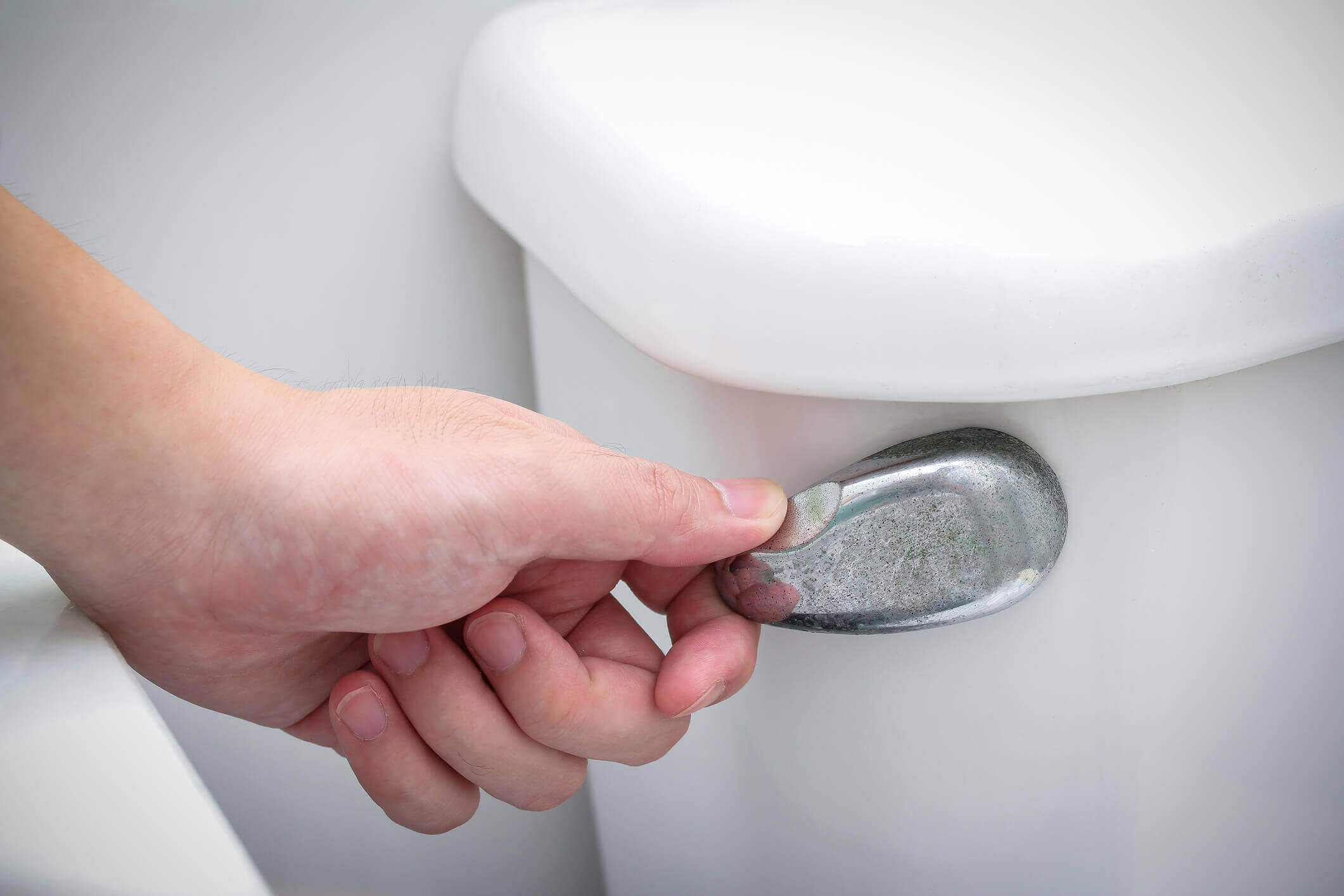
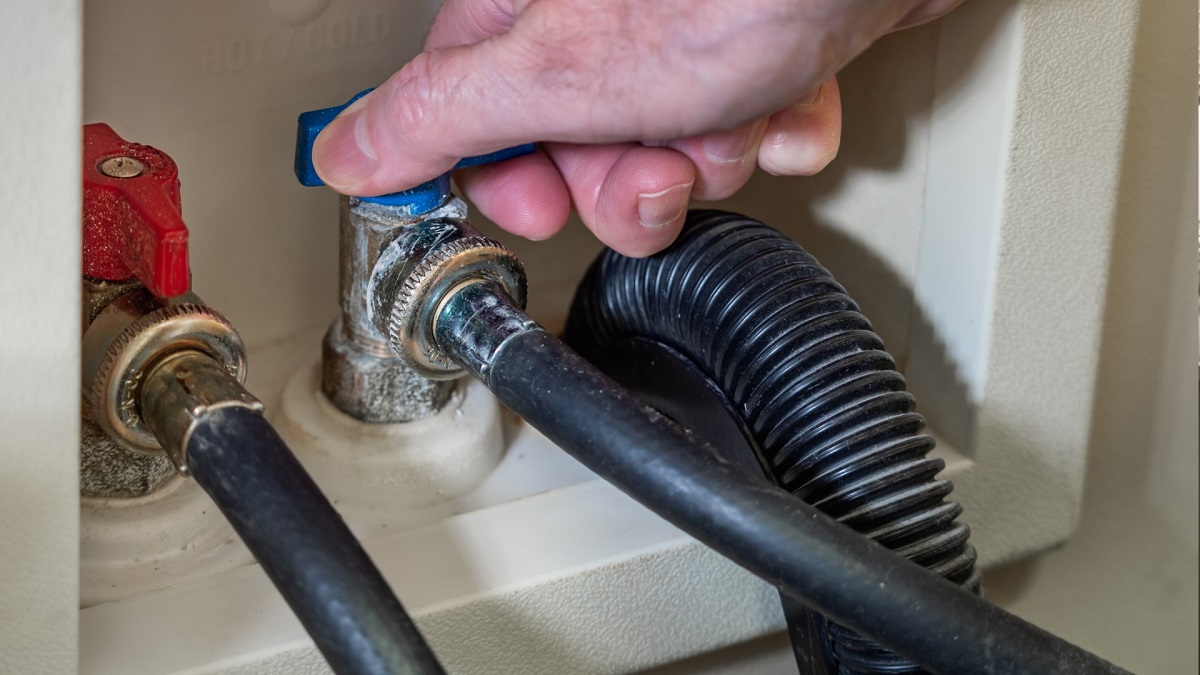
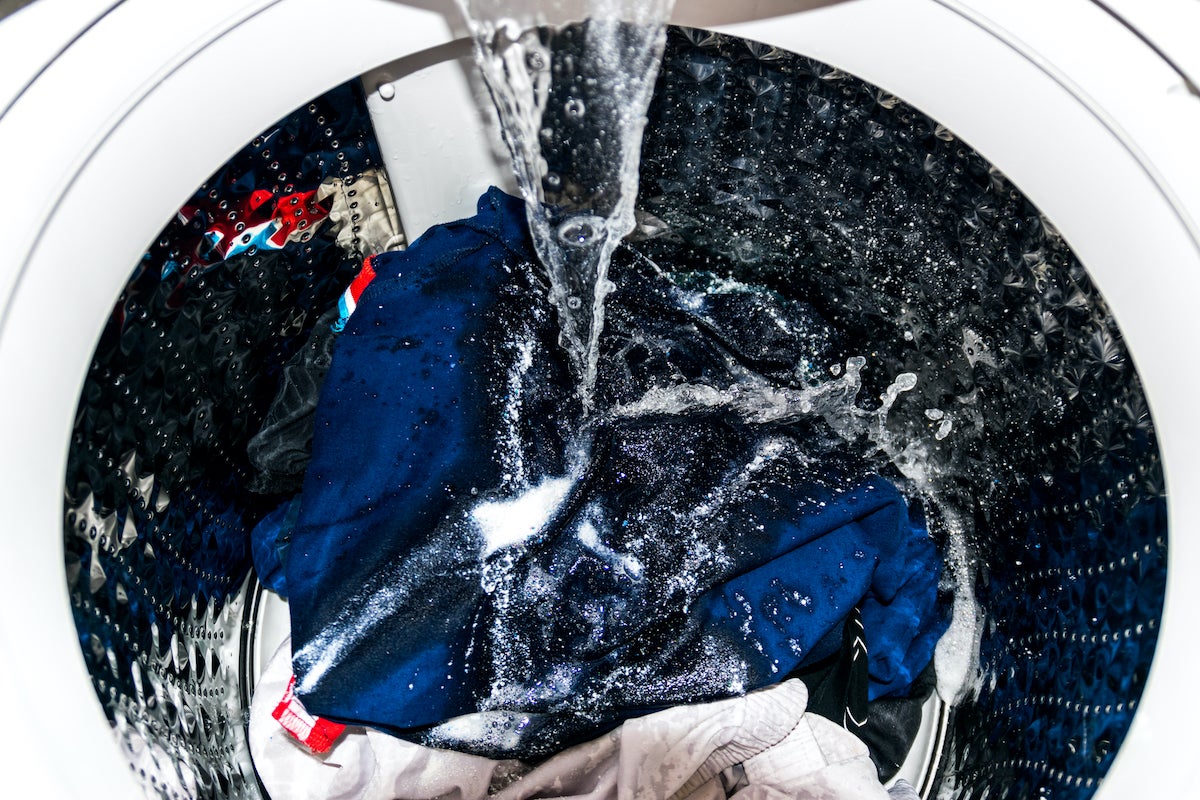
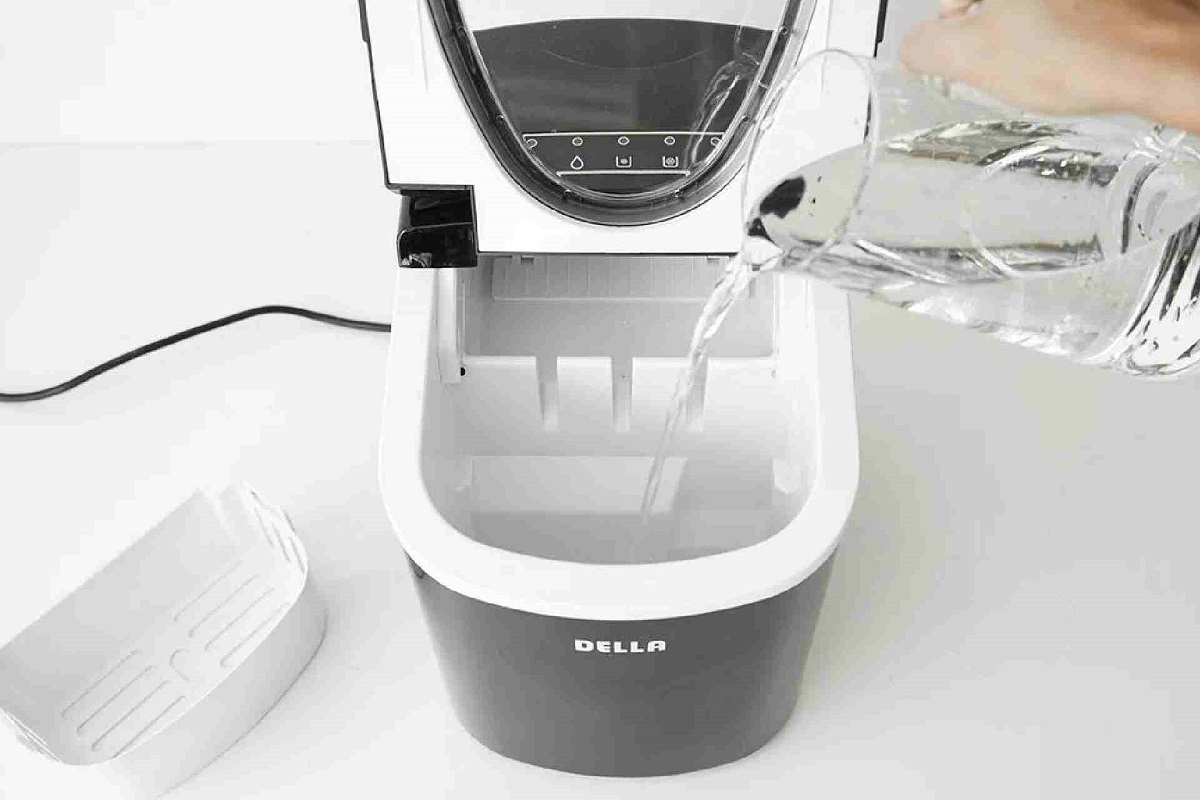
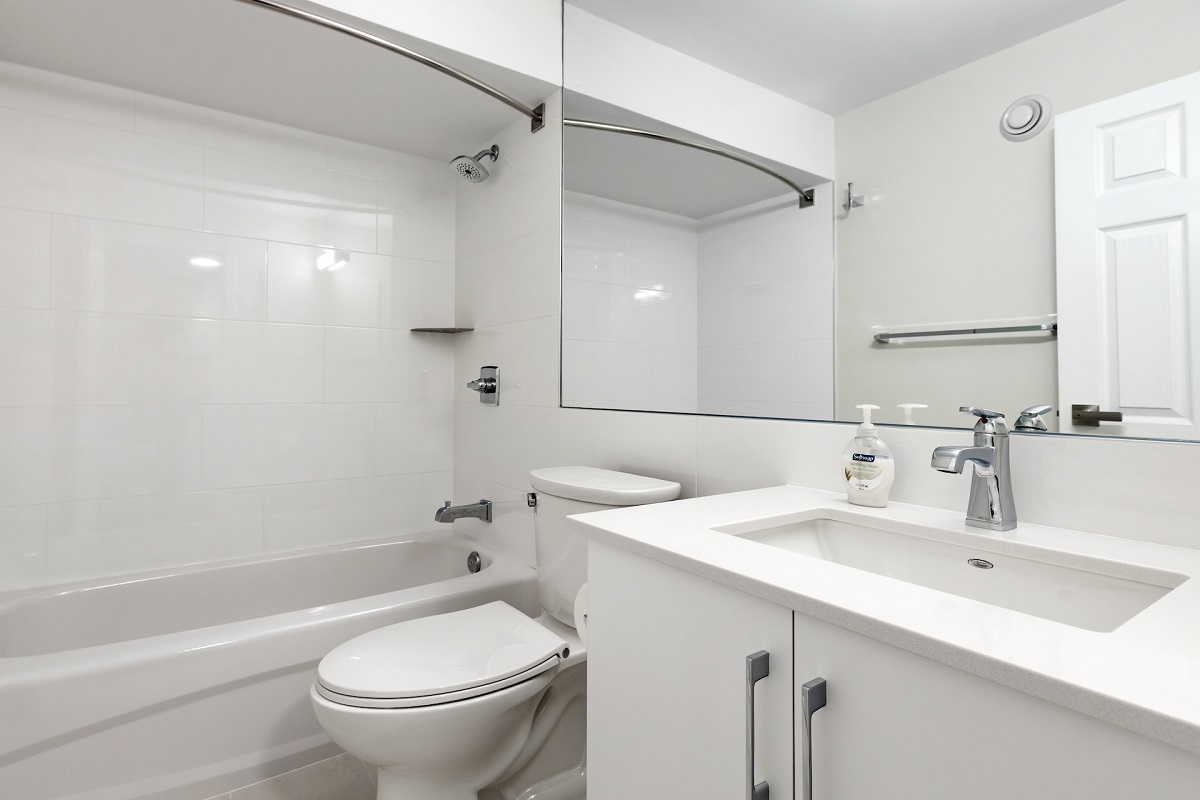
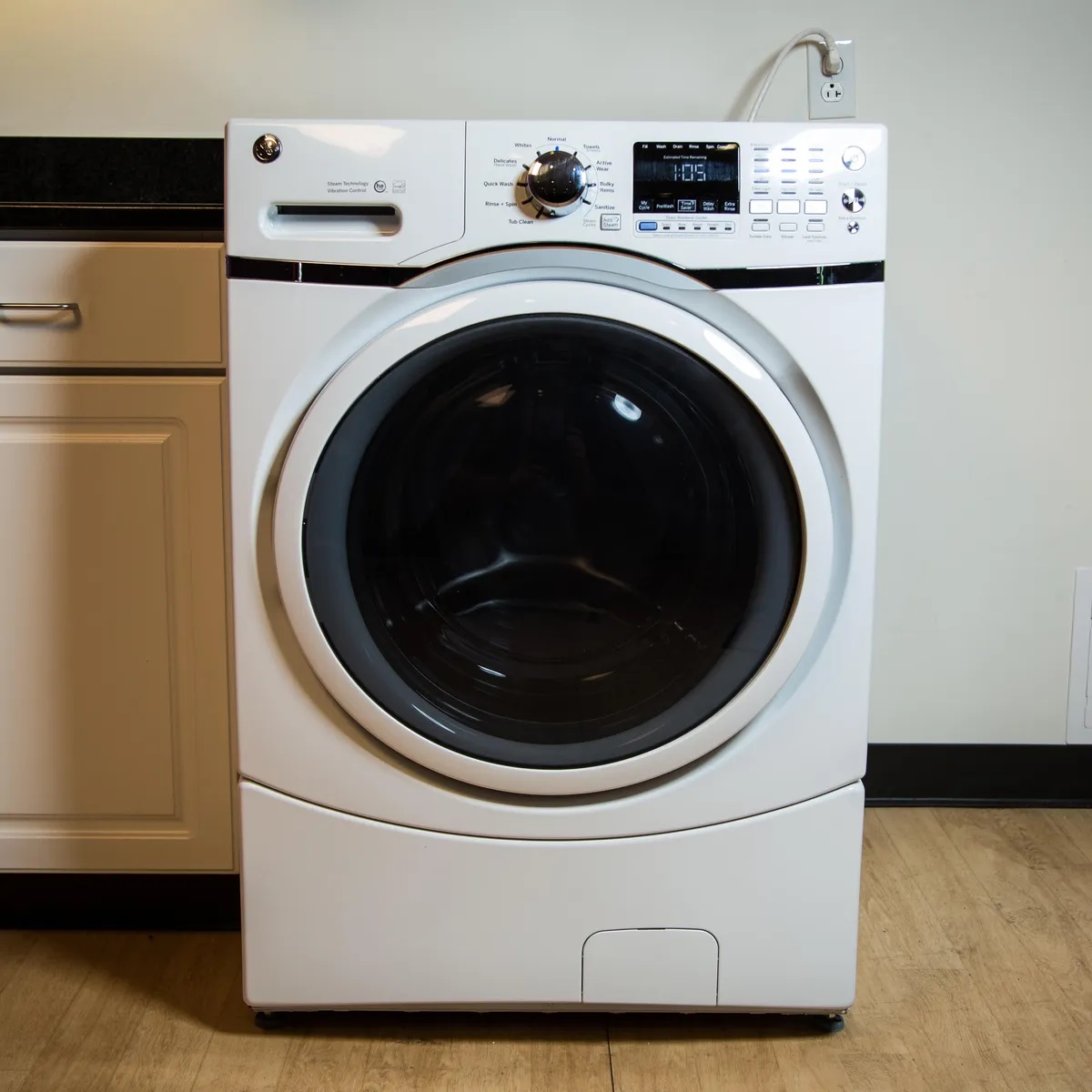
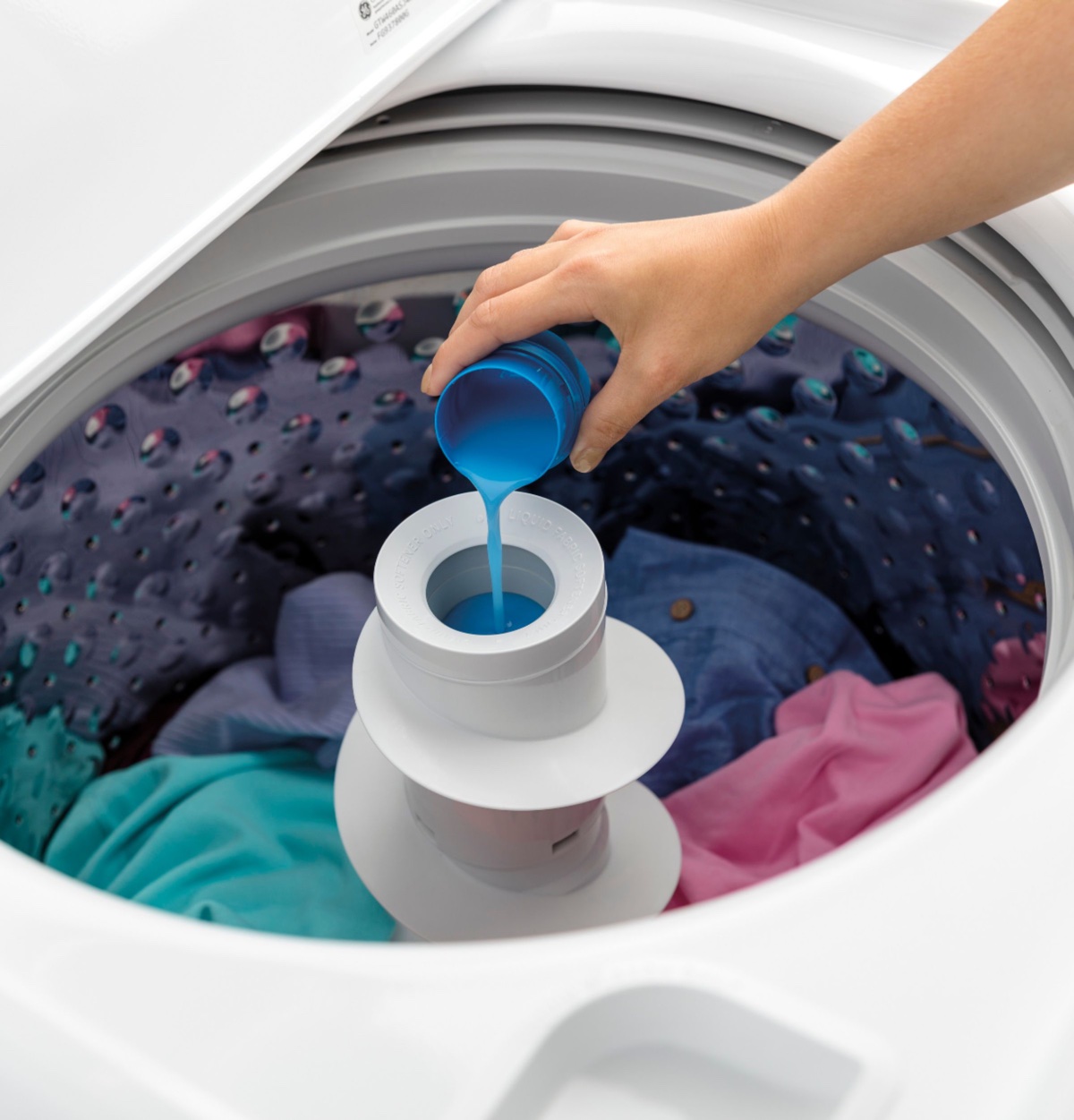
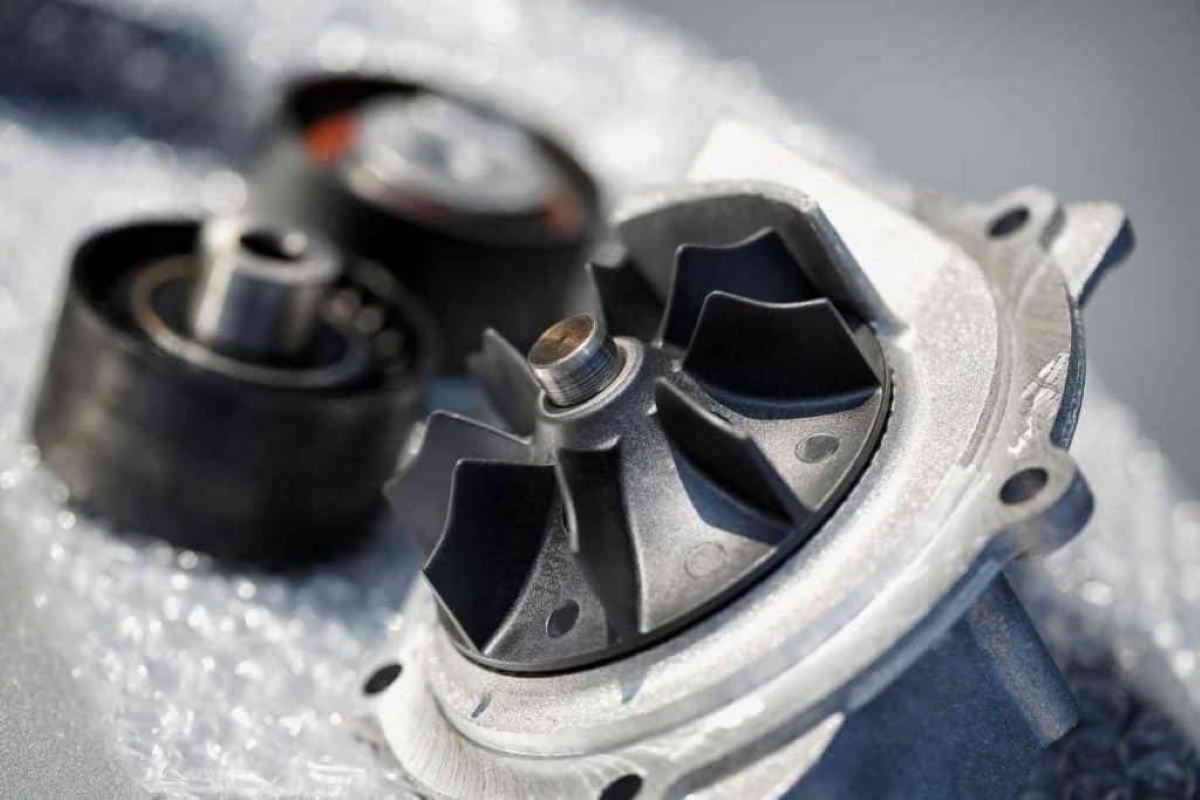
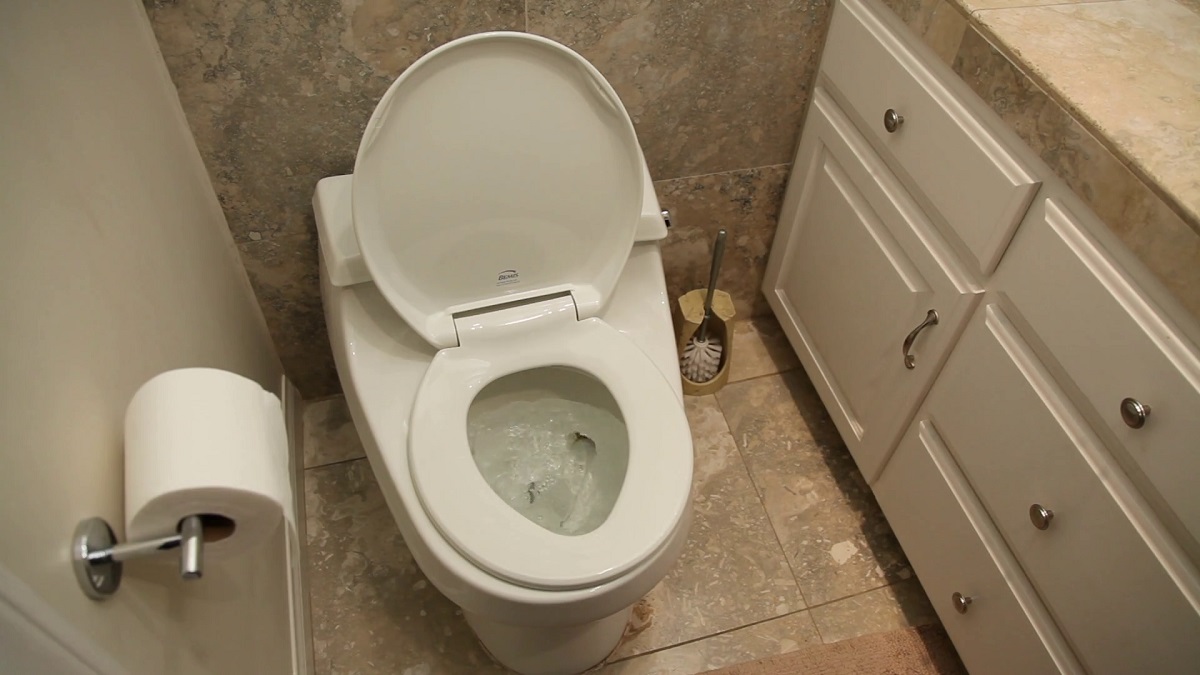
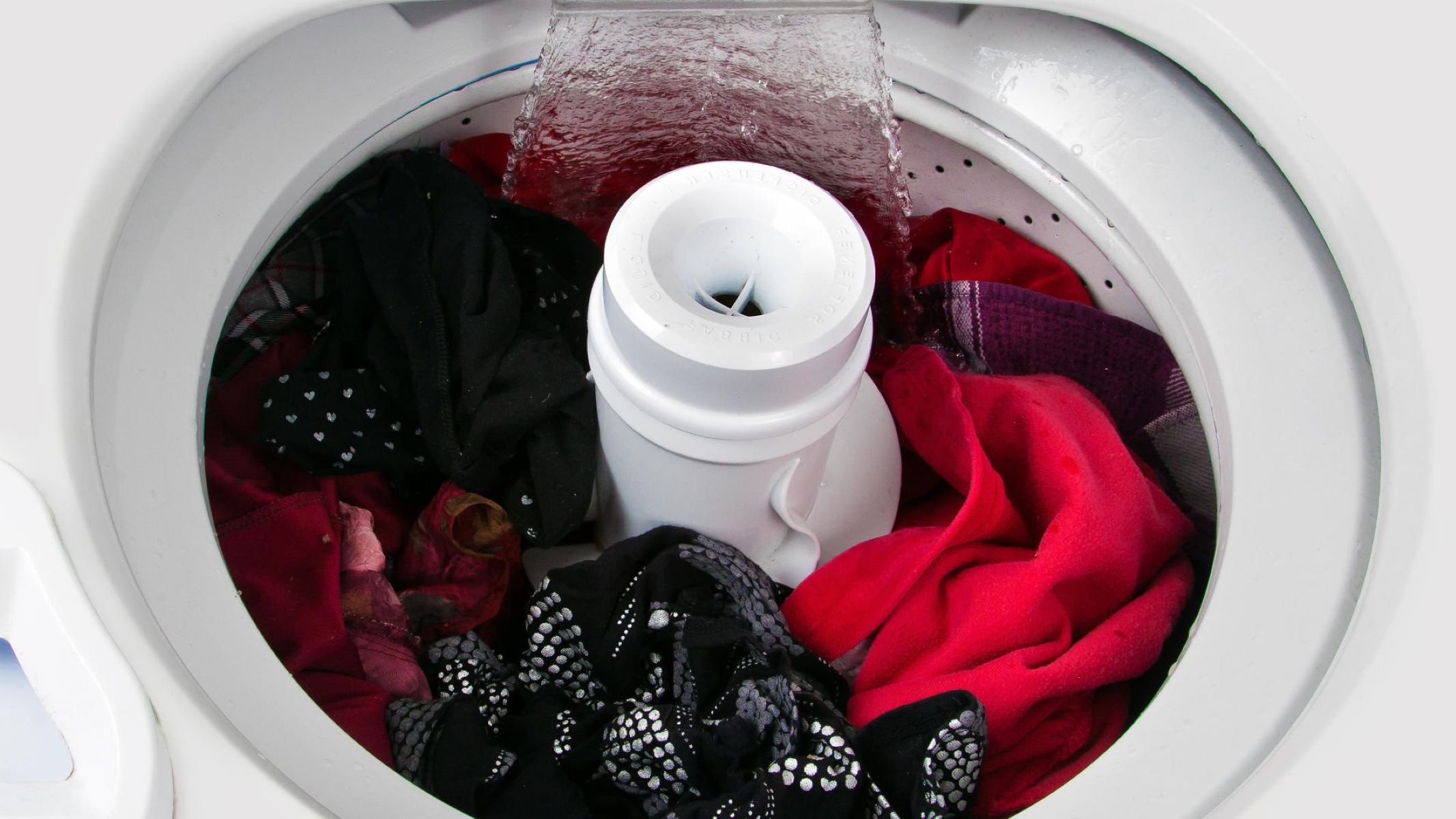
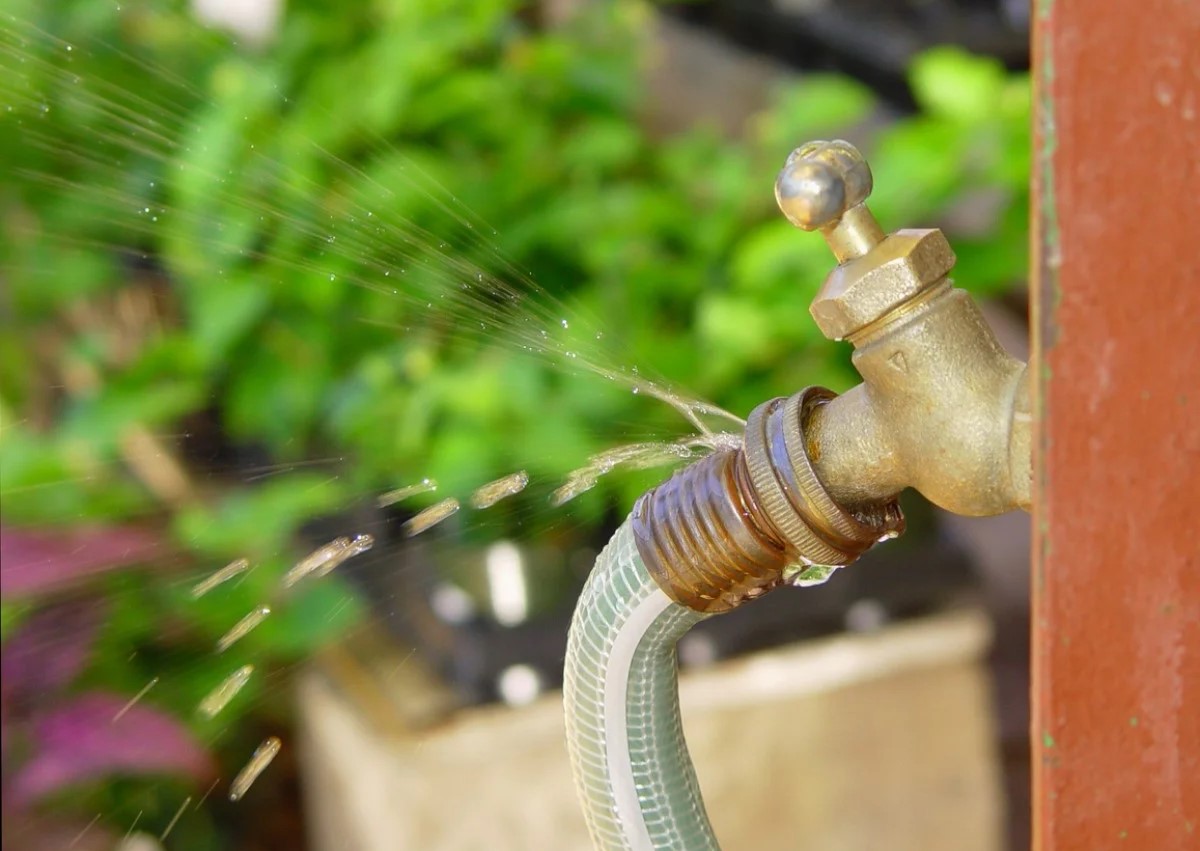
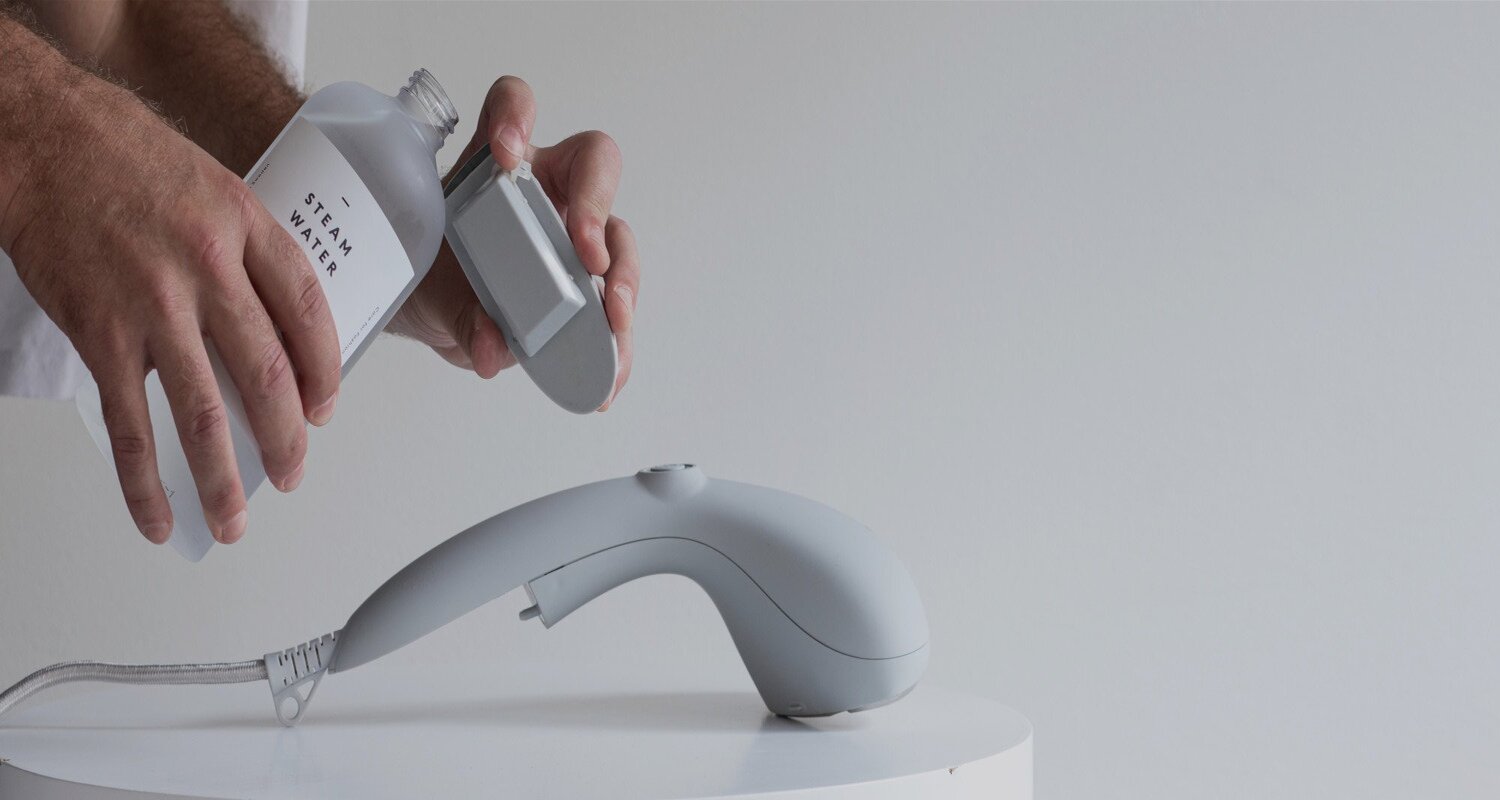
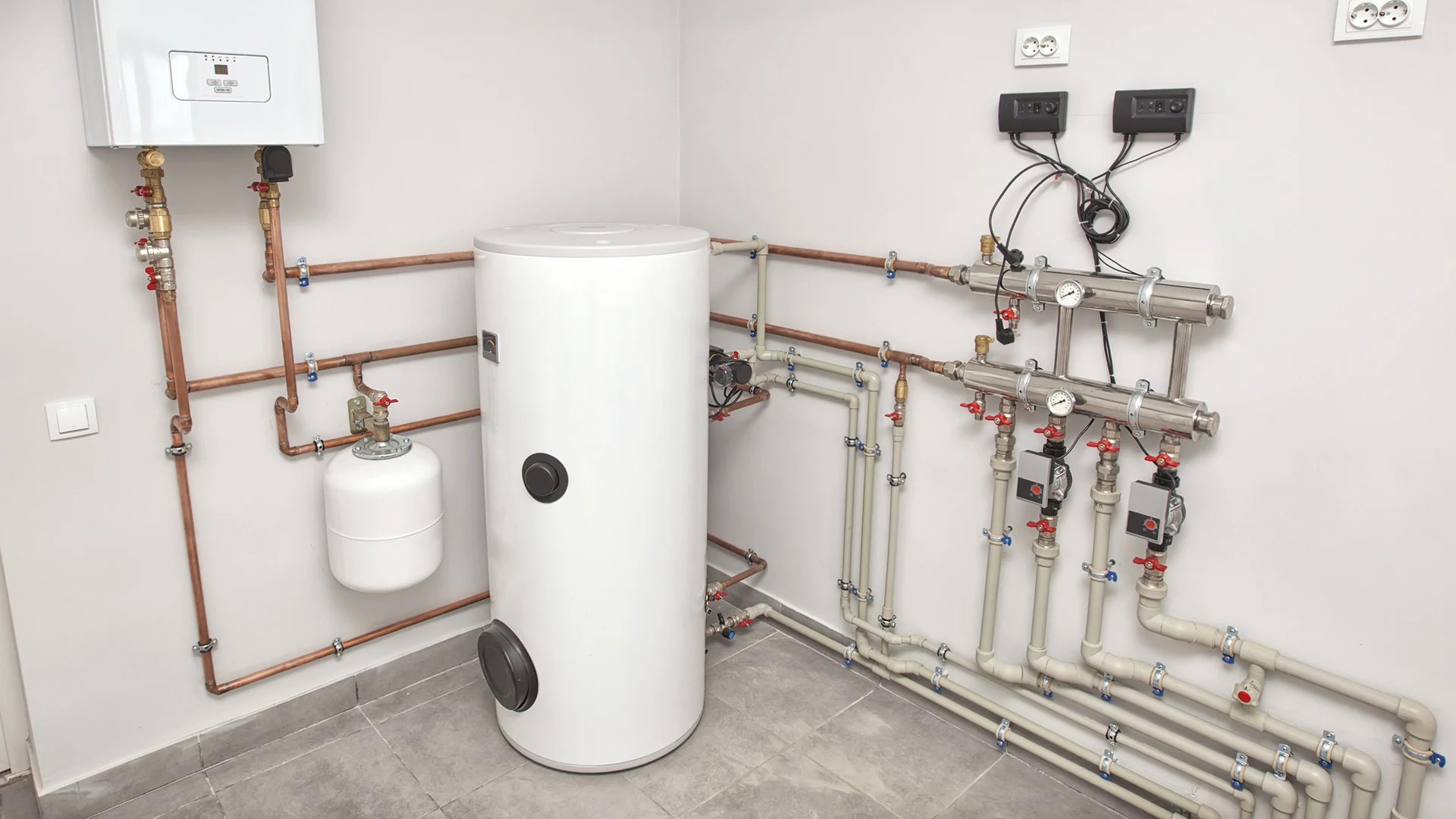

0 thoughts on “Washer Filling With Water When Off”